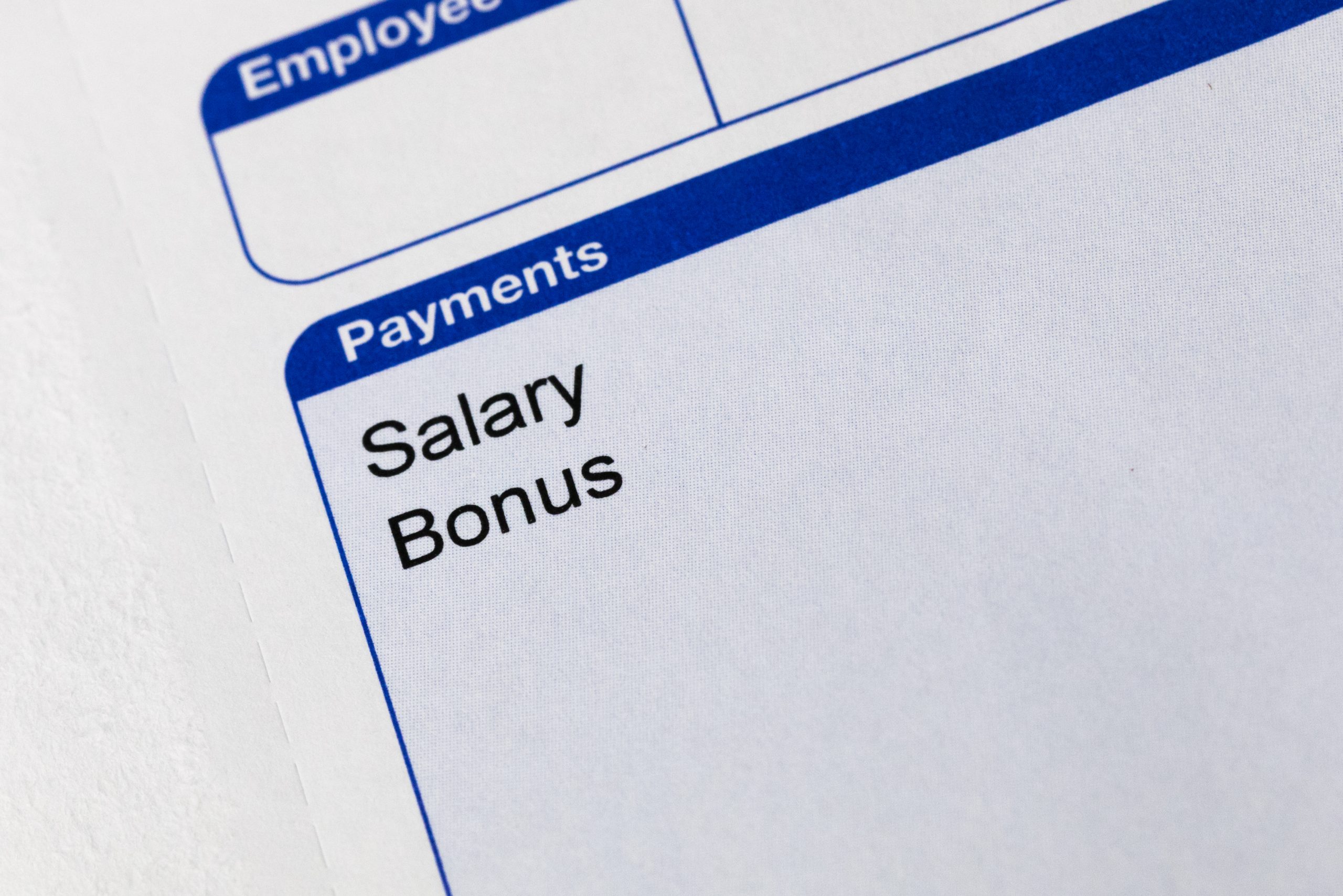Four in five savings accounts now beat inflation, but with the figure set to ease – which will likely prompt base rate cuts – savers are urged to go quick to lock in the higher-paying deals before they disappear.
As expected, inflation eased in the 12 months to February 2024, coming in at 3.4%, after sticking at 4% in the previous two months.
This downward movement means there are now 1,365 savings accounts that beat inflation – important because of its eroding effect on your cash.
Of these accounts, it includes 151 easy access, 142 notice accounts, 152 variable rate ISAs, 298 fixed rate ISAs and 622 fixed rate bonds, according to Moneyfactscompare.
Today, the top easy-access account pays 5.2% (Ulster Bank), while the top one-year fixed rate bond is from MBNA offering 5.27%. On the ISA side, savers can earn 5.11% in the Moneybox easy-access ISA and 5.25% with the Virgin Money one-year fixed rate ISA.
It’s a far cry from this time last year, when there were no cash savings deals that could beat the eye-watering 10.4% Consumer Prices Index (CPI) measure of inflation. And, two years ago, again there were zero deals that could beat the 6.2% inflation rate, with savings rates hovering around the 1% point.
Switch to earn more
James Hyde, spokesperson at Moneyfactscompare, said that while 80% of standard savings accounts beat inflation, some top fixed rates have decreased slightly over the past month. However, he added that activity in the market “has been mixed recently” with some providers raising their interest paid in recent weeks.
“Top variable rates across savings accounts and ISAs continue to hold very steady as they have in recent months, though any potential reduction in base rate may precipitate more movement in this area of the market,” he said.
Hyde added: “The Bank of England’s projection is that inflation will sit at around 2.8% by Q1 2025, which should allow consumers plenty of options to see real term returns on their cash savings. It remains crucial, as ever, that savers consider all options available to them, and are prepared to switch if they could be better served elsewhere.”
For Adam Thrower, head of savings at Shawbrook, it’s crucial savers look to move their money to savings providers offering above inflation returns.
“When savings rates are higher than inflation, you get a positive real return and your money is truly growing. One in four of the UK’s savers have never switched to a different savings account, however, which means that savers are potentially losing hundreds of pounds in interest. These high rates won’t last forever, so people need to act sooner rather than later,” he said.
Meanwhile, Dean Butler, managing director for retail direct at Standard Life, said: “For those who are able to save, now’s a good time to shop around for best-buy accounts. If the Bank of England do decide to lower interest rates soon, it’s likely some of today’s inflation-busting deals will disappear. People are famously loyal to their bank, but securing the best possible rate really can make a difference over a couple of years.”
Standard Life analysis found that if inflation fell to the Bank of England’s target of 2%, someone with £10,000 to save who grabbed a 5% interest deal could see their savings worth £10,588 in real terms after two years. However, someone with the same amount to save who missed the best offers and picked up a 3% deal would have £400 less after two years (£10,189).
Claire Exley, head of advice and guidance at Nutmeg, added: “If you have a longer time frame, investing may help you get your money working harder at a time when interest rates are likely to start coming down.”





